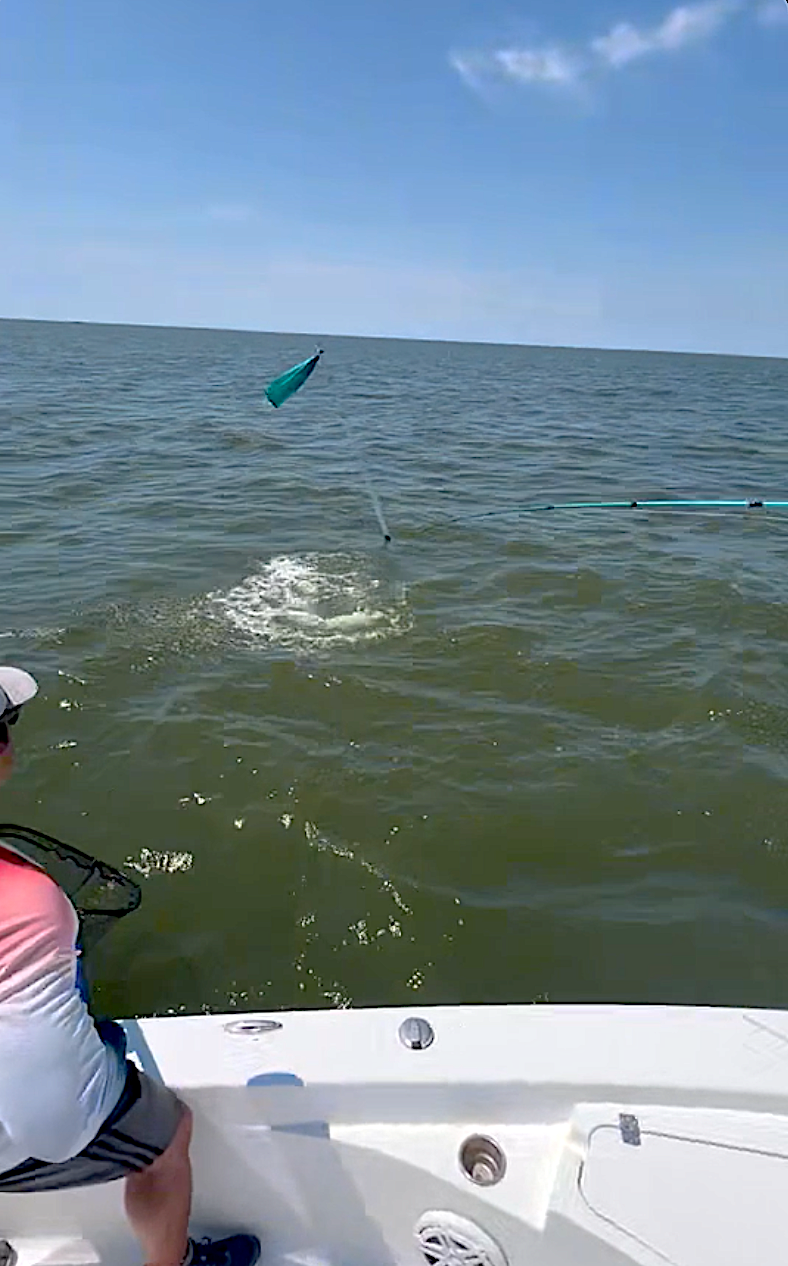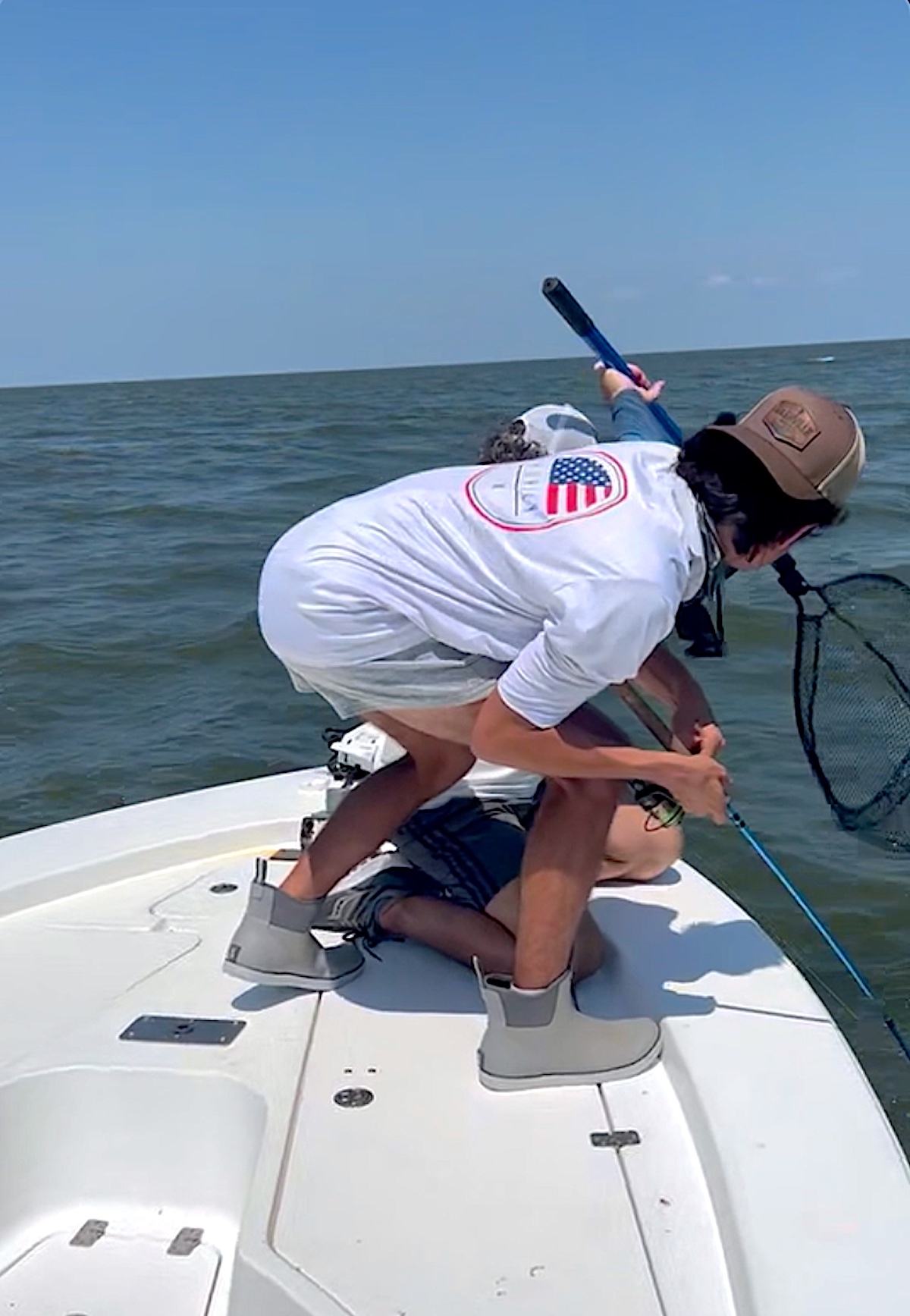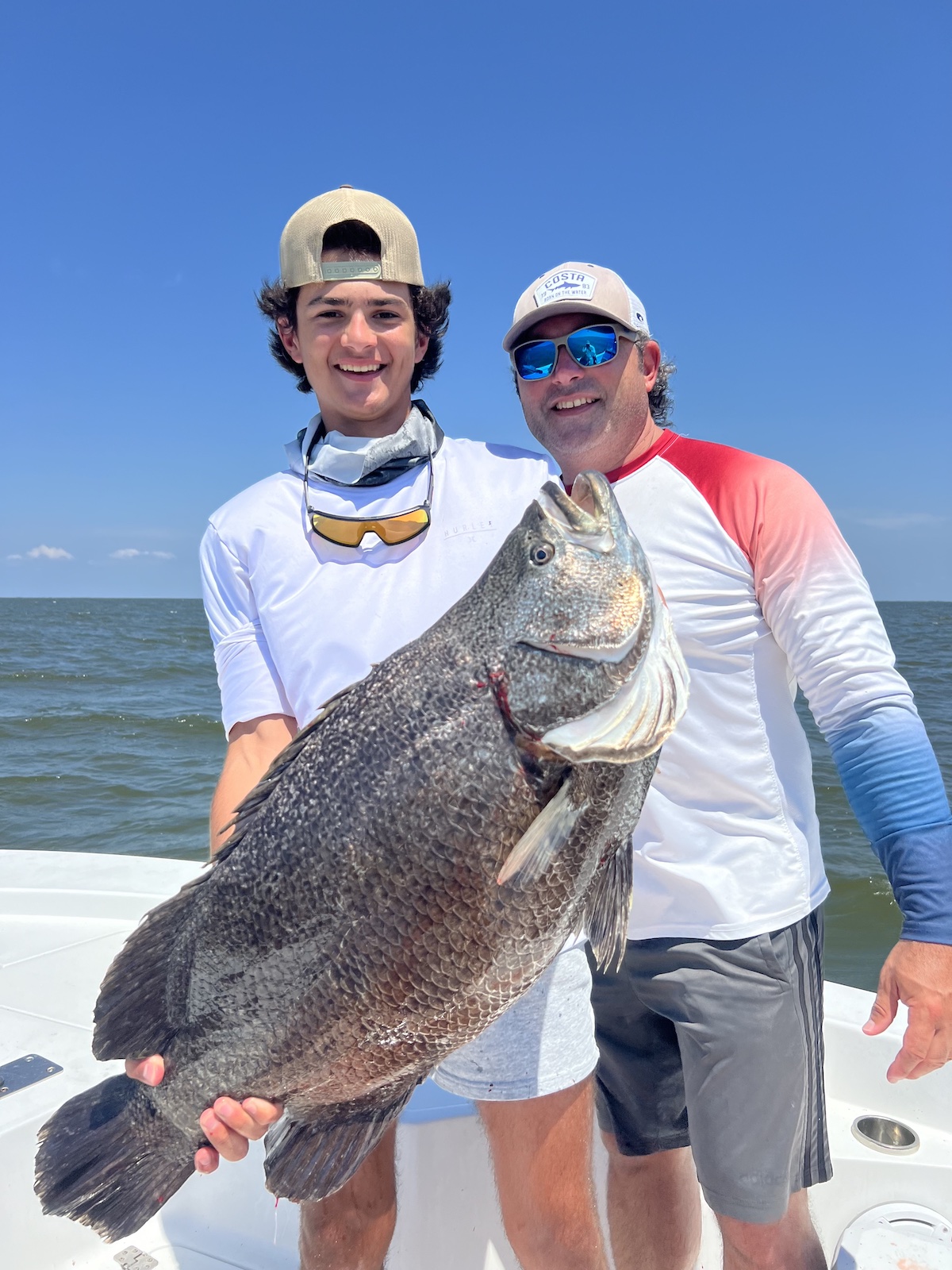OutdoorHub
Scanning Surface Structure for Tripletail
One of the best parts of fishing offshore is being able to enjoy the table fare that fish like grouper, red snapper, and mahi mahi provide. However, an inshore fish ranks right up there with the fish as mentioned above, and its right under your nose. It’s called a tripletail, and its firm, flaky meat is highly sought after among inshore anglers who know where to find them.
Danny Hunter is has been fishing the inshore waters of Southeast Louisiana since he was a teen. Over the years he’s learned to take advantage of the availability of tripletail by knowing where to look for them.
“These fish like to suspend just beneath the water surface and are usually found underneath floating objects like crab floats,” Hunter said. On a recent trip, Hunter crossed Lake Borgne to the southernmost section. He was with Chad and Braiden Perez who were focused on catching a limit (30) of speckled trout along the oyster reefs.
It didn’t take them long to achieve their goal. By 9:00 a.m. the father/son team caught their limit of trout using Marker 54 Jerk Shrimp under Undertaker Corks. With time to spare, Hunter formulated a plan to put some redfish in the boat before heading calling it a day. So he headed to the marsh which was near the launch. “Whenever I’m heading back from the reefs, across Lake Borgne, like to keep an eye on the PVC pipes that serve as markers,” he said. The white PVC poles serve as markers and usually stick out of the water a few feet.
Five minutes into the run, Hunter spotted a dark shadow suspended next to one of the pipes. “I passed a PVC pole with a green flag tied to the end and saw a monster right below the water surface,” Hunter said. He slowed down and turned his boat around to head back to the pole. After dropping the trolling motor down, he eased closer to the pole. “I handed Braiden a pole and told him to put a live shrimp on,” he said. Since these fish can be finicky and are known to be selective over which bait lures they eat, Hunter went with the “steak of the sea” – live shrimp

Hunter then instructed the 17-year-old to cast past the pole and let the shrimp drift back to the fish. After the third cast, the fish spotted the shrimp swimming by and moved closer to it “The fish dropped down below the surface, and the next thing I know, the rod was bent over and the drag was screaming.” After a 6-minute fight, and the fish making a run under the trolling motor, Braiden got the fish close enough for his dad to net. The Tripletail weighed 21 pounds and provided the perfect end to their trip.

Hunter said these fish provide some of the best meat and he makes it a habit to pay attention to anything floating along the surface. “In open bays where structure is at a premium, anything that attracts baitfish, shrimp, and crabs is going to be of interest to tripletail,” he said. So on your next trip be sure to pay attention to what seems to be inconspicuous floating objects – it may just have a tripletail hiding underneath!

The post Scanning Surface Structure for Tripletail appeared first on OutdoorHub.


